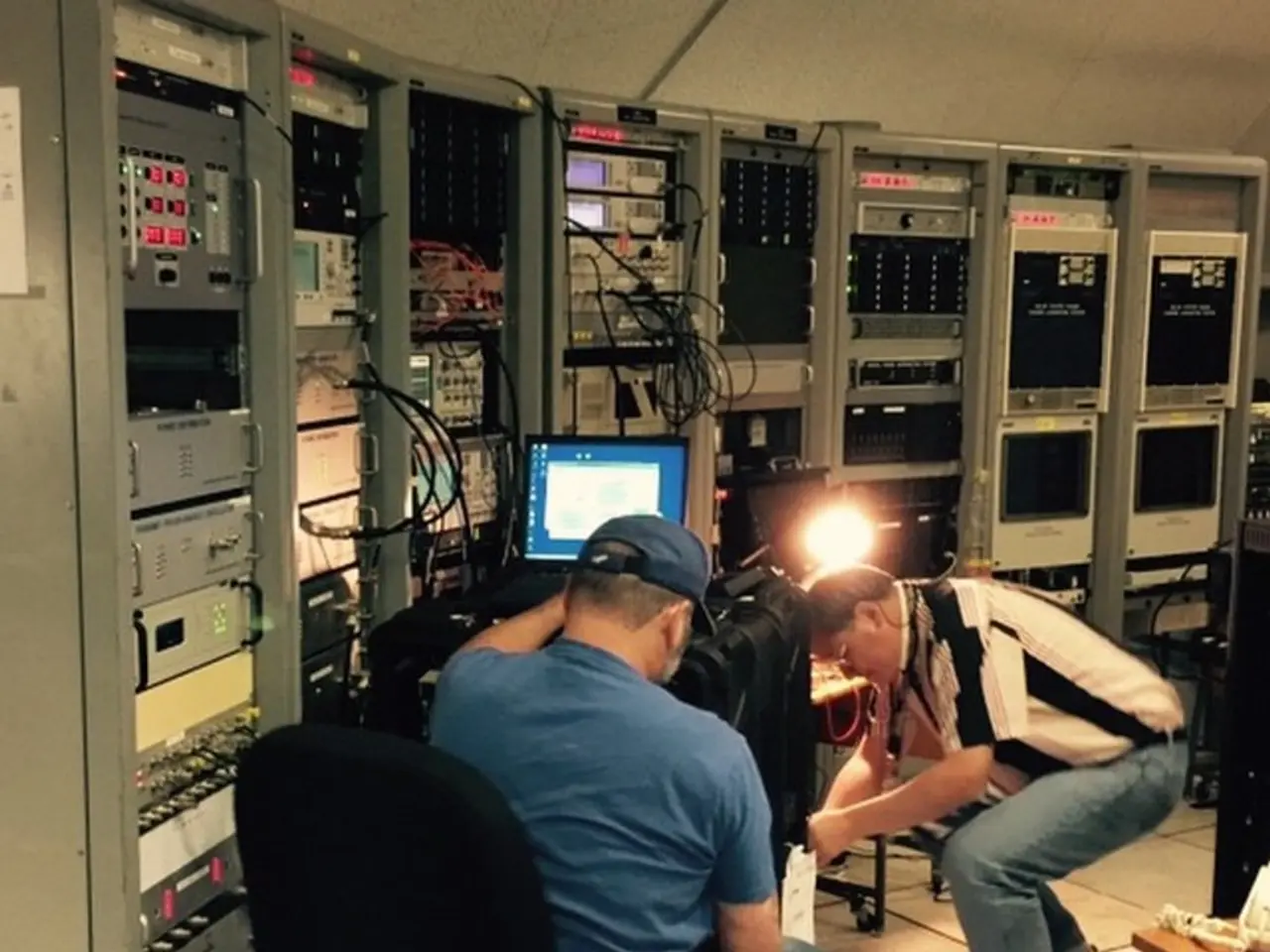Exploring the Varied Age Groups in the Work Force
In today's diverse workplaces, managing and bridging generational divides is essential for creating a harmonious and productive environment. Here's a guide for organizations on how to effectively navigate this challenge.
Gen Xers, born between 1965 and 1980, are known for their independence, adaptability, and entrepreneurial spirit. They value work-life balance and seek autonomy in their careers. To supervise Gen Xers, focus on clear performance objectives and provide flexibility. Regular check-ins and constructive critiques are also important, as they prefer direct communication.
Millennials, born between 1981 and 1996, value creativity, diversity, and inclusion. They seek a sense of purpose in their work and desire a flexible and collaborative work environment. To supervise Millennials, provide opportunities for professional development and involve them in projects that align with their personal interests. Regular check-ins and frequent feedback are essential, as they appreciate constructive criticism and desire to work in a supportive team environment.
Generation Z, born between 1997 and 2012, is known for its entrepreneurial mindset, innovative thinking, and desire for work-life balance. They value authenticity, social responsibility, and meaningful work. To attract and retain Gen Z talent, offering remote work options and creating a sense of purpose through social responsibility initiatives can be beneficial.
Baby Boomers, born between 1946 and 1964, are optimistic, goal-oriented, and loyal to their organizations. They may prioritize face-to-face communication. To lead Baby Boomers effectively, establish clear expectations, set achievable goals, and use traditional communication methods like face-to-face meetings. Recognize their experience and tenure, and provide public recognition of their successes.
The Silent Generation, born between 1925 and 1945, values hard work, discipline, and loyalty. They exhibit a strong work ethic and prefer traditional forms of communication.
Creating a work environment that values diversity and inclusion is crucial for bridging generational divides. This involves creating a culture of mutual respect, active listening, and avoiding generational stereotypes. Diversity and inclusion initiatives such as social events, team-building activities, and employee resource groups can help employees build relationships and learn from each other, fostering a sense of community.
Intergenerational projects bring employees from different generations together to work on a common goal, promoting teamwork, innovation, and a deeper understanding of each other's work styles and values. Mentorship programs pair experienced employees from older generations with younger employees and vice versa, facilitating knowledge transfer and fostering meaningful connections.
Generational training and workshops can help employees better understand the values, attitudes, and communication styles of their colleagues from different generations, promoting open and honest communication about generational differences. Reverse mentoring, where younger employees mentor older employees on topics related to technology and social media, can also be beneficial.
By implementing these strategies, organizations can transform generational diversity into a strategic advantage, enhancing communication, cooperation, and employee satisfaction across all age groups.
- To foster productivity and creativity in diverse workplaces, offering flexibility and promoting a collaborative environment is key, catering to the preferences of Gen Xers, Millennials, and Generation Z.
- For effective leadership, understanding the unique qualities of each generation, such as the entrepreneurial spirit of Gen Xers and the desire for purpose-driven work among Millennials, is essential.
- Workplace-wellness programs that focus on health-and-wellness can help bridge generational divides by addressing the shared need for work-life balance among all generations.
- Finance plays a crucial role in attracting and retaining talent from different generations, especially Generation Z, who value opportunities like remote work and social responsibility initiatives.
- To foster a harmonious work environment, emphasizing diversity, authenticity, and social responsibility can help bridge generational divides, while avoiding generational stereotypes and promoting mutual respect.
- Intergenerational projects and mentorship programs can promote teamwork, innovation, and a deeper understanding of each other's work styles and values, enhancing collaboration and knowledge transfer.
- Professional development and education-and-self-development opportunities are essential for the growth and satisfaction of Millennials and Generation Z, who value continuous learning and personal growth.
- Leadership should embrace conflict resolution strategies to address differences in communication styles and work values among generational coworkers, fostering a productive and supportive work environment.
- Businesses that successfully navigate the challenges of bridging generational divides can reap the benefits of enhanced productivity, creativity, and employee satisfaction across all age groups, creating a competitive advantage.




